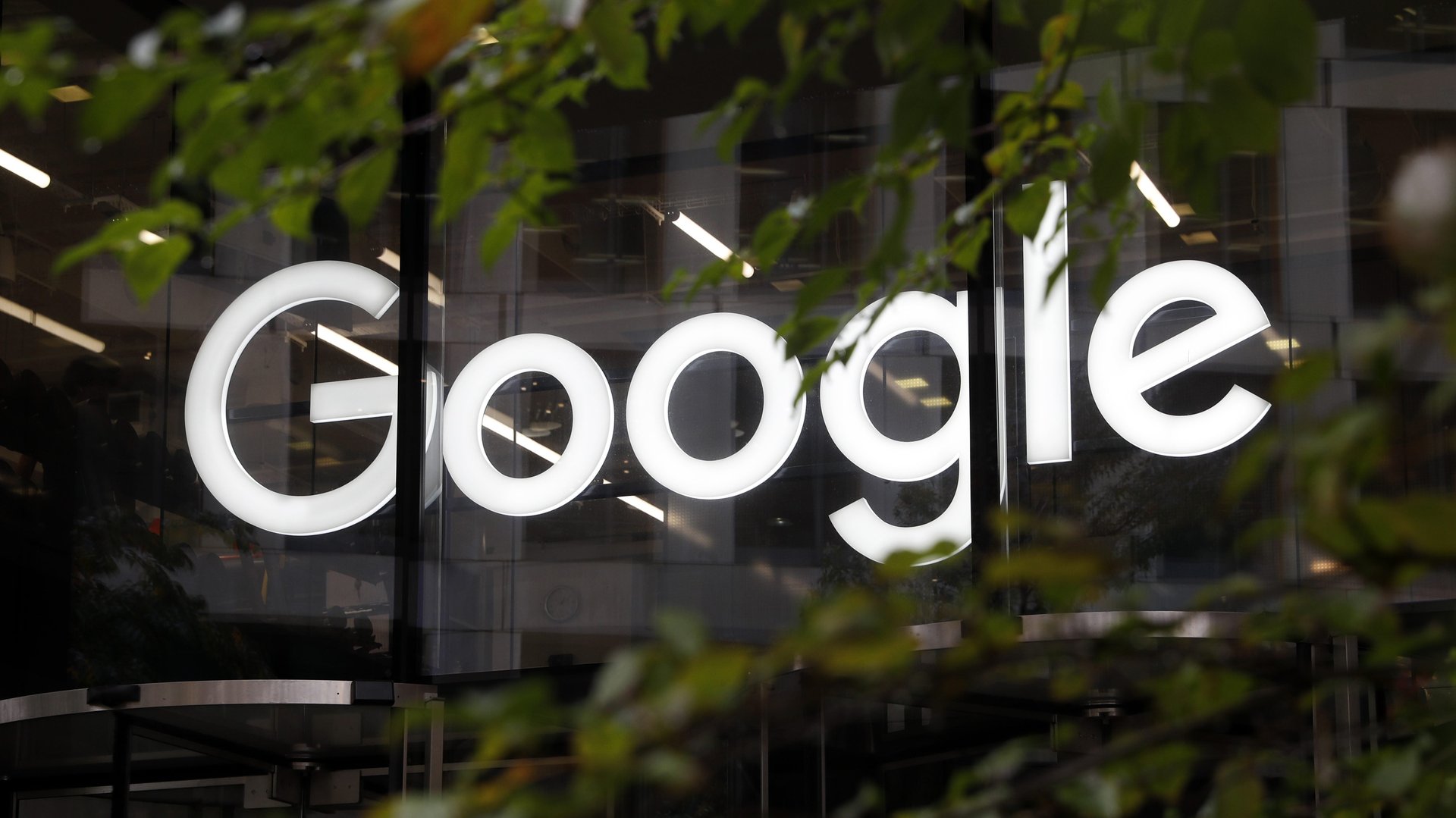Google’s future beyond advertising is starting to become clearer
Alphabet’s cash cow has always been Google, and Google’s largest revenue driver has always been, by far, advertising. As Alphabet reported its second-quarter earnings today (July 25), some signs of weariness for its tried-and-testing revenue stream are beginning to emerge.


Alphabet’s cash cow has always been Google, and Google’s largest revenue driver has always been, by far, advertising. As Alphabet reported its second-quarter earnings today (July 25), some signs of weariness for its tried-and-testing revenue stream are beginning to emerge.
Alphabet reported $32.6 billion in revenue from Google’s advertising business, a jump of about 16% over the same period last year. But the cost of getting that revenue, which Google refers to as traffic acquisition costs (TAC), continues to be an issue. TAC for the quarter was $7.24 billion—roughly 12% more than it was in the same quarter last year—and accounted for 22% of Google’s ad revenue.
Google’s business beyond advertising remains relatively minimal, yet signals of future success are there. The company’s “other revenues” line (not to be confused with its parent company’s “Other Bets”) comprises pretty much everything Google does that isn’t advertising, including its Pixel phones, Nest cameras, Google Play Store revenues, and Google Cloud services. This quarter last year, the company posted $4.25 billion for that business line, compared to roughly $6.2 billion this quarter—a leap of about 40%.
Some have seen Google’s cloud business as having untapped potential—the world’s largest search engine and probably one of the largest deployers of AI technology in the world has started leveraging its expertise to help other businesses. For now, it’s not coming close to taking on the giants of the industry.
Last week, Microsoft posted another blockbuster quarter, including $11.4 billion in cloud-related revenue. Amazon, which owns AWS, also reported its earnings today, bringing in $8.3 billion for the segment. It’s unclear how much of Google’s “other revenues” is cloud sales. Even if it were the overwhelming majority, it would still be falling short of the competition.
Regardless, Wall Street appeared to be thrilled by the gains in Google’s other revenues, which likely were spurred by the growing cloud-services business. Alphabet shares were up about 8% to $1,220 in after-hours trading.
“From improvements in core information products such as Search, Maps, and the Google Assistant, to new breakthroughs in AI and our growing Cloud and Hardware offerings, I’m incredibly excited by the momentum across Google’s businesses and the innovation that is fueling our growth,” Google CEO Sundar Pichai said in a release.
The longer-term hope for Alphabet lies in the company’s other main business line. Other Bets houses all its non-Google businesses Alphabet, including self-driving car company Waymo, internet-connectivity company Loon, health-sciences division Verily, and others. As of now, all of these potentially life-changing bets—many of which have gone from being ideas to fully fledged companies just in the past few years—have been far more of a drain on Alphabet than a revenue producer. Other Bets lost a combined $989 million in the quarter, a jump of about 35% over the same period last year, generating only $162 million in revenue. (Over the last eight quarters, Other Bets has lost over $6.6 billion.)
While Alphabet is presumably in these businesses for the long-haul—and it certainly has the cash available to keep them running—you begin to wonder how patient investors will be if Google ad revenue continues to wane.
Correction: An earlier version of this post said Other Bets lost $989 billion in the quarter, not $989 million.